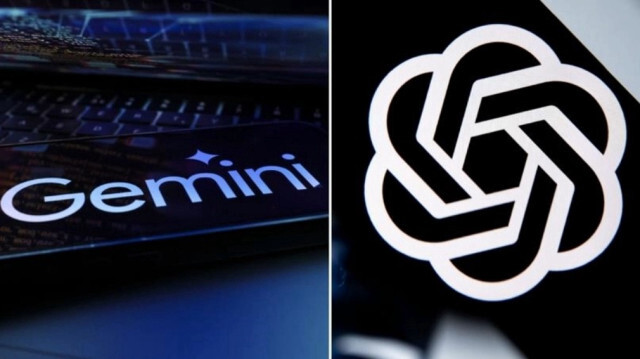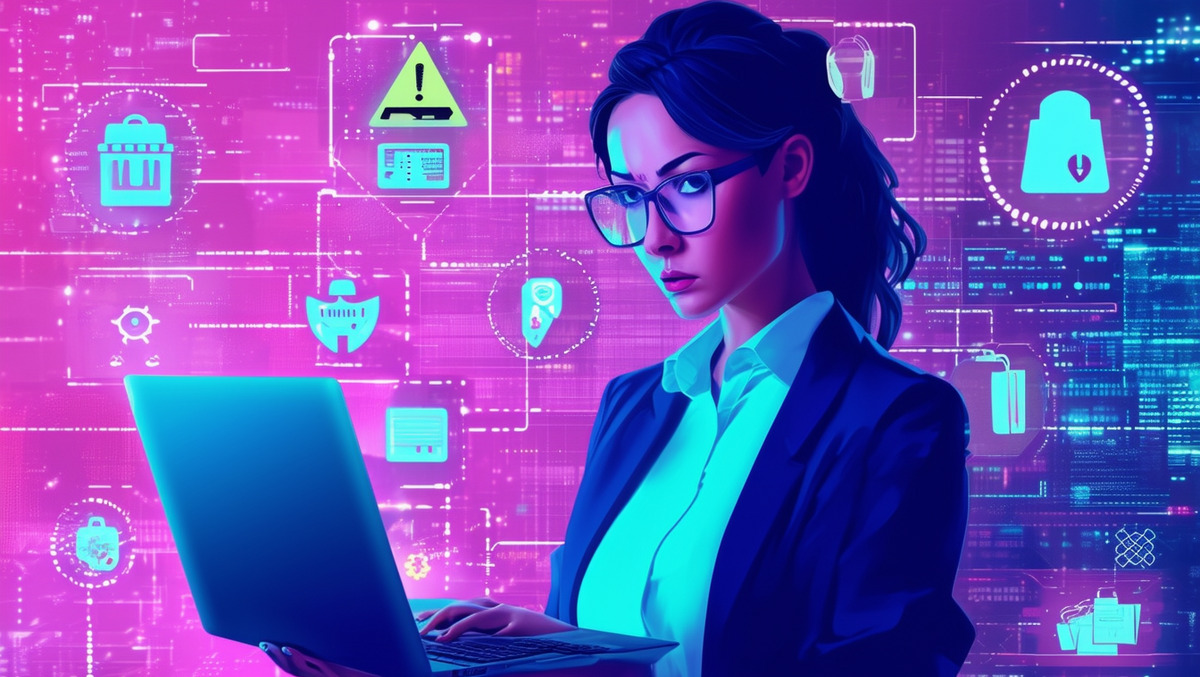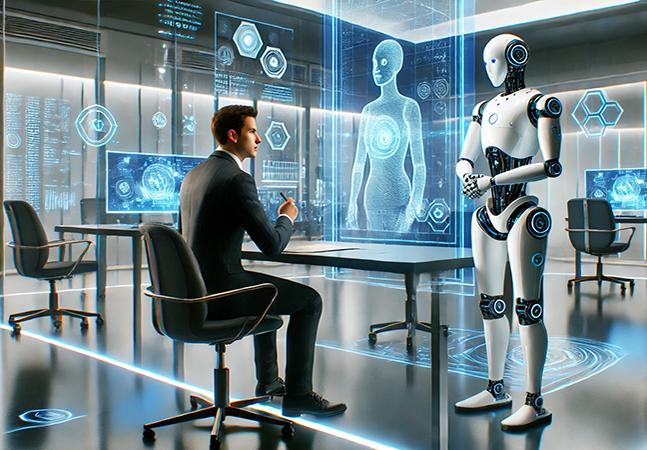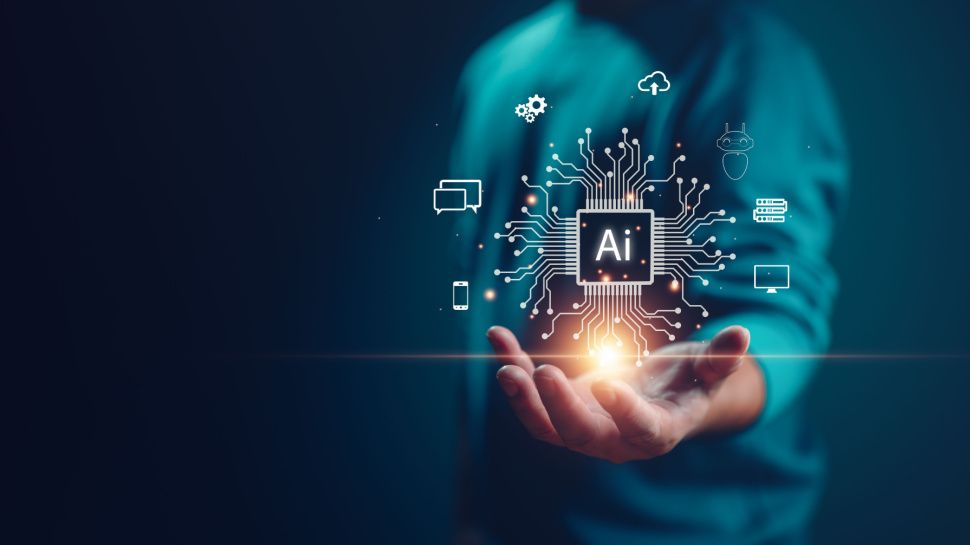In this Help Net Security interview, Itamar Friedman, CEO of Codium AI, discusses the combination of AI into DevOps practices and its influence on software growth processes, notably in automating code assessment, guaranteeing compliance, and bettering effectivity.
Despite the advantages, challenges in incorporating AI into software growth persist, together with considerations round knowledge privateness, ability gaps, and mannequin consistency, which have to be addressed by insurance policies and ongoing ability growth.
How is AI built-in into DevOps practices, and what are probably the most vital adjustments you’ve noticed in software growth processes?
AI instruments are actually used to mechanically assessment code for bugs, vulnerabilities, or deviations from coding requirements. This growth helps to enhance code integrity and safety whereas lowering the necessity for guide intervention and minimizing human error.
Additionally, AI techniques can now implement compliance necessities reminiscent of PRs being linked to a selected ticket within the venture administration system. They can even ensure that adjustments are mechanically documented within the change log and the discharge notes documentation. Lastly, AI instruments can mechanically find, diagnose, and translate to pure language, and reply to CI/CD construct points in real-time, usually additionally resolving them with out human intervention.
These adjustments have led to elevated effectivity and velocity in coding by automating repetitive duties, which in flip reduces growth cycles, and prices and accelerates time to market. It’s additionally improved the standard, compliance, and reliability of software by automated testing, documentation, and code critiques, guaranteeing higher-quality code with fewer bugs.
What are the first challenges confronted when incorporating AI into software growth and DevOps, and the way can these be addressed?
Incorporating AI into software growth and DevOps nonetheless poses challenges we have to overcome.
Most AI companies are cloud SaaS so there are a number of dangers within the space of information privateness and safety. In addition to the conventional dangers of information leaks and breaches, which will be mitigated by guaranteeing distributors adjust to applicable requirements like SOC 2, there are a number of generative AI-specific considerations. One potential problem is that your proprietary knowledge can be utilized to coach an AI mannequin, and finally be leaked by the mannequin sooner or later.
Similarly, if the AI instrument you employ was educated on one other group’s proprietary knowledge, that IP will be leaked in generated code and may find yourself in your code base. Clear insurance policies round knowledge retention and use in coaching are essential for mitigating these dangers.
Additionally, we will’t overlook that LLM know-how remains to be new, and as such there are gaps between present ability units and the experience required. AI techniques aren’t optimized when utilized in a 1-shot method — they require iterations with its human operator to get one of the best of the instrument, and this must be conveyed and mirrored within the group processes.
Lastly, mannequin capabilities must turn out to be extra constant to mitigate legal responsibility. Currently, mannequin capabilities don’t match for techniques that require near zero errors with out a human within the loop, and techniques the place you want possession of the processes.
What expertise ought to software engineers deal with creating to work with AI-driven instruments and environments?
Software engineers must develop not solely technical expertise but additionally an understanding of the way to successfully talk with AI techniques and combine these interactions into organizational workflows, listed here are the principle two expertise wanted:
1. Iterative studying and interplay with AI: Understanding that AI instruments and fashions usually require iterative suggestions loops to optimize efficiency. Engineers needs to be expert in working with AI in a method that includes steady testing, suggestions, and refinement.
2. Improved immediate engineering: Developing proficiency in crafting efficient prompts or queries for AI techniques is essential. This contains understanding the way to construction info and requests in a method that maximizes the AI’s understanding and output high quality.
How is AI influencing safe coding practices amongst builders, and what are the implications for software safety requirements?
Mitigating safety points early within the software growth lifecycle results in safer software. Automated vulnerability detection, powered by AI, permits real-time evaluation of code for potential safety points, lowering the reliance on guide code assessment that’s time-consuming for builders and susceptible to human error.
Relying on cloud-based options requires the group to plan the utilization of those instruments in correspondence with its personal safety and IP tips to make sure full compliance. Some corporations might solely use on-premise fashions, others might put a threshold on the quantity of code that may be accomplished (to keep away from IP infringement), whereas others might request SOC 2 and nil retention insurance policies. The dangers corporations face when utilizing cloud-based SaaS AI options require extra consideration.
With the acceleration of software growth cycles by AI, how can organizations make sure that safety stays a prime precedence with out compromising growth velocity?
Organizations ought to undertake a number of methods, together with steady safety monitoring, automated compliance checks, and safe AI operations.
Utilizing AI-driven safety monitoring instruments that scan for vulnerabilities and compliance points all through the event and deployment course of will probably be very important. These instruments can mechanically implement safety insurance policies and requirements, guaranteeing that safety issues hold tempo with fast growth cycles. This must be coupled with a concerted effort to make sure that the AI instruments and fashions themselves are safe and consistent with one of the best deployment technique for the particular group (on-prem, within the cloud, and many others.) and can hold organizations conscious of dangers as they come up.
Organizations shouldn’t abandon common safety procedures reminiscent of: (a) Educating developer groups on safe practices, and the potential dangers related to AI instruments and (b) Maintaining common safety assessments and penetration testing that are essential to uncover vulnerabilities that AI or automated techniques would possibly miss.
https://www.helpnetsecurity.com/2024/02/28/itamar-friedman-codium-ai-ai-devops-software-development/




